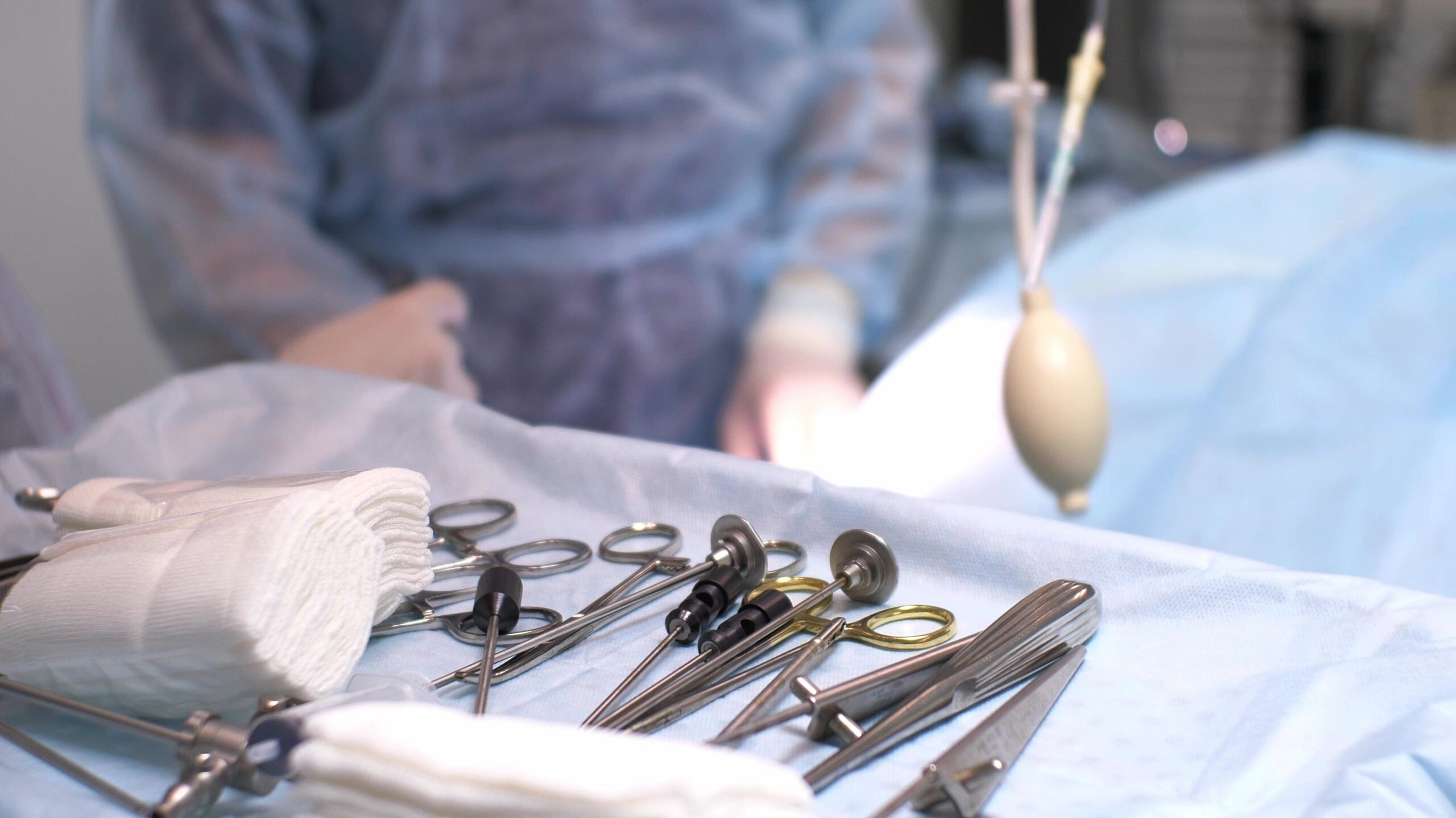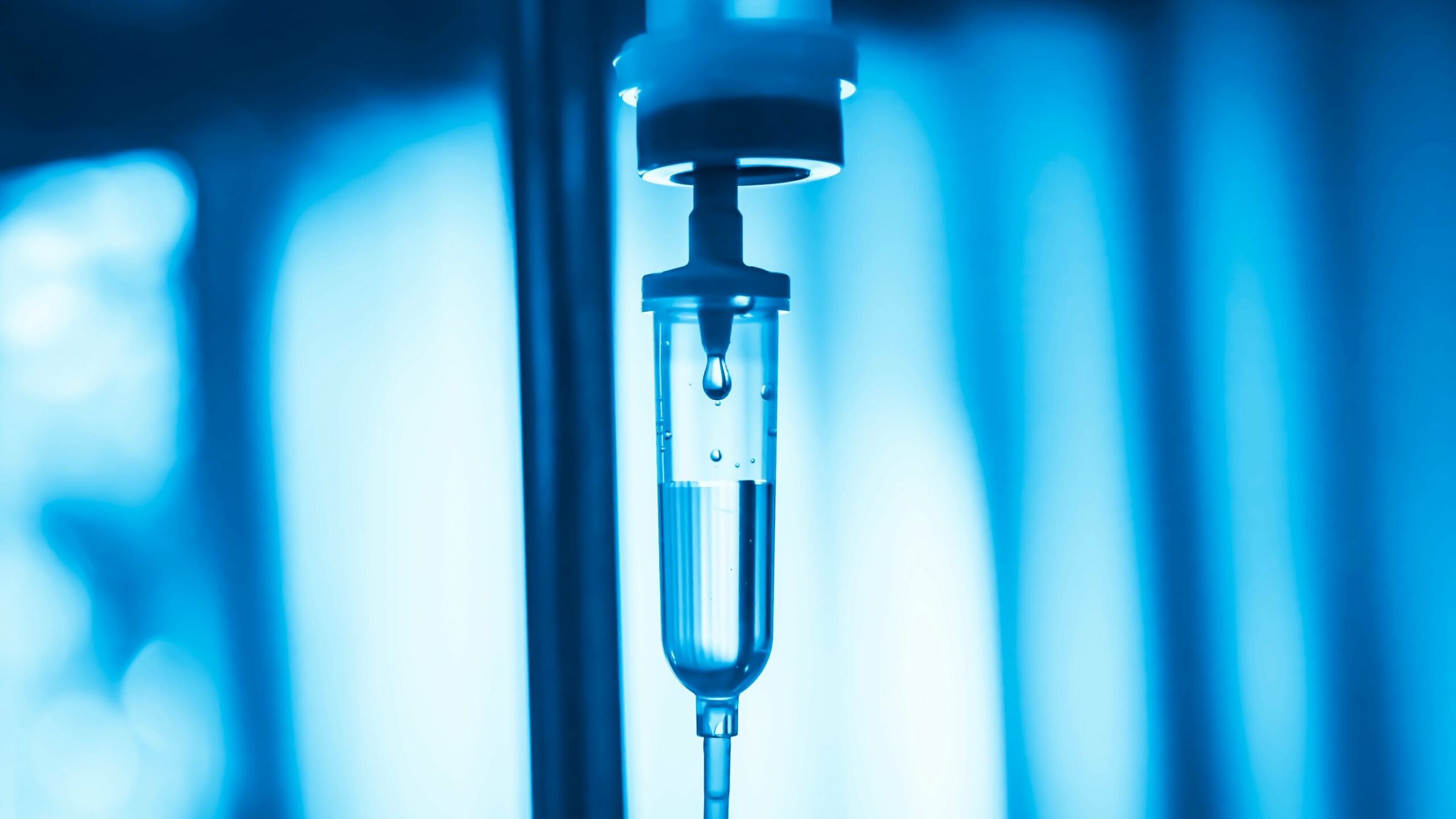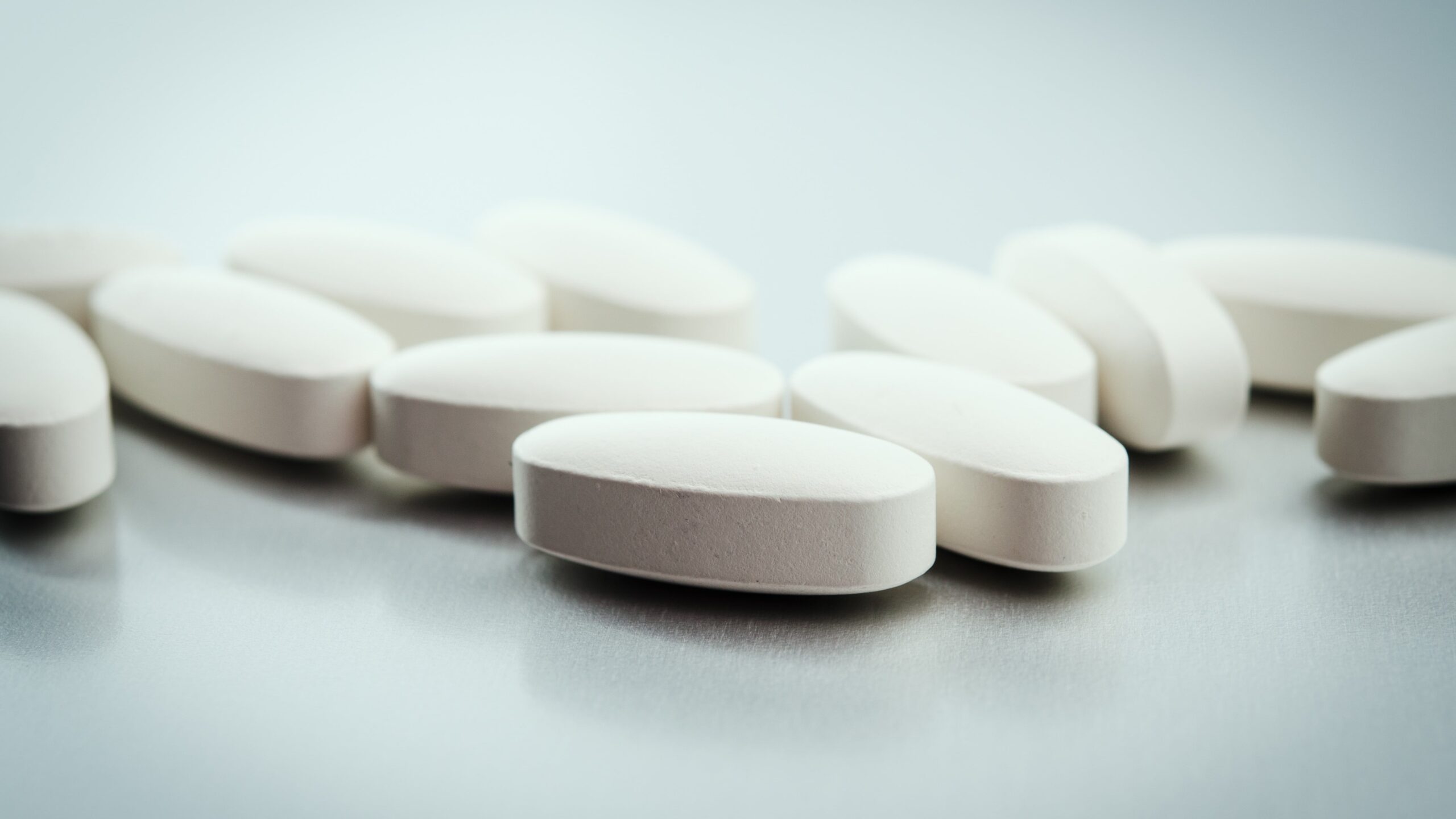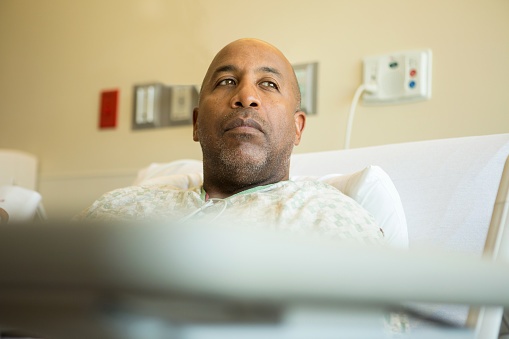
Acute kidney injury (AKI) is a common complication of noncardiac surgeries. To understand more about AKI prevention, Amit X. Garg, MD, PhD, and other researchers conducted a prespecified substudy of the POISE-3 trial (NCT03505723).
The goal of the study was to find out whether a perioperative hypotension-avoidance strategy changes the risk of postoperative AKI compared to a hypertension-avoidance strategy (substudy protocol publication: PMID 35024154). The results were presented at ASN Kidney Week 2024 during the oral session, Effect of a Perioperative Hypotension Avoidance Strategy vs. a Hypertension Avoidance Strategy on the Risk of AKI.
The study was an open-label, randomized trial involving 7,307 high-risk patients from 110 hospitals in 22 countries having noncardiac surgery. Participants were ≥45 years and were on at least one antihypertensive medication. The primary study outcome was postoperative AKI (an increase in serum creatinine concentration of either ≥26.5 μmol/L [≥0.3 mg/dL] within 48 hours of randomization or ≥50% within seven days of randomization).
There were two patient groups, one participating in a hypotension-avoidance strategy (n=3,654) and one participating in a hypertension-avoidance strategy (n=3653). Hypotension avoidance included target intraoperative mean arterial pressure (MAP) of ≥80 mmHg; aiming to hold renin-angiotensin-aldosterone system inhibitors on the day of surgery and for two days afterward; and stepwise use of other long-term antihypertensive medications if systolic blood pressure was ≥130 mmHg. The hypertension-avoidance strategy comprised target intraoperative MAP ≥60 mmHg and continuance of all antihypertensive medications pre- and post-surgery.
The hypotension-avoidance group used fewer angiotensin-converting enzyme inhibitors or angiotensin II receptor blockers than the hypertension-avoidance group (6% vs 38% of patients on the day of surgery, 6% vs 47% one day post-surgery, and 7% vs 50% two days post-surgery). The hypotension-avoidance group also spent less intraoperative time with a MAP <80 mmHg than the hypertension-avoidance group (average 28% vs 45% of the time).
Meanwhile, there was no difference in mean systolic or diastolic blood pressure or MAP outside the surgery, meaning on the day of surgery and for two days after surgery. There also was no difference in the risk of AKI between the two groups.
The study results remained consistent with multiple alternate continuous and categorical definitions of AKI, as well as in a subgroup with baseline chronic kidney disease. In summary, the risk of postoperative AKI was similar whether patients received a hypotension-avoidance strategy or a hypertension-avoidance strategy.
Source: Garg AX, Marcucci M, Cuerden MS, Sontrop JM, Devereaux PJ. Effect of a perioperative hypotension avoidance strategy vs. a hypertension avoidance strategy on the risk of AKI. FR-OR107. Abstract of an oral presentation at the American Society of Nephrology Kidney Week 2024; October 25, 2024; San Diego, California.







 © 2025 Mashup Media, LLC, a Formedics Property. All Rights Reserved.
© 2025 Mashup Media, LLC, a Formedics Property. All Rights Reserved.